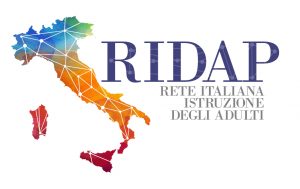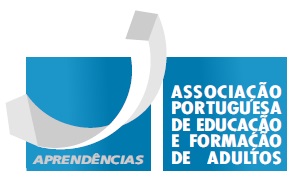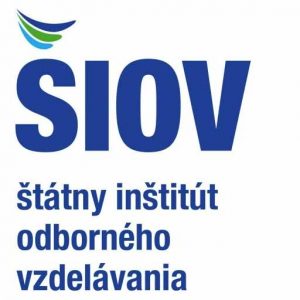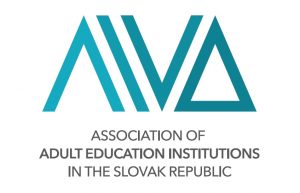Erasmus+ Career Path project
Guidance
The (Erasmus +) Career Path project examines the employment conditions and career opportunities of foreigners from third
countries living in Hungary, Croatia, the Czech Republic and Slovakia. The aim is to prepare policy recommendations and a set
of tools for key actors that will improve access to further career development opportunities for foreigners from third
countries.
Reasons why the project / program is considered a “good practice”
The project included an analysis of the situation in the countries concerned – identification of problems in the recognition of
qualifications obtained in a third country, and examples of good practice presented. The project activities were aimed at
developing recommendations in the field of integration of foreigners into the labour market and their professional
development.
The project formulated practical instructions for improving the access of foreigners to the labour market in Croatia, the Czech
Republic, Hungary and Slovakia. A series of four leaflets with practical instructions on how to improve third-country nationals’
access to the labour market, more effectively fulfil their career goals and participate in socio-cultural participation. Each leaflet
is addressed to a different target group – foreigners, employers and non-governmental and educational institutions. A brief
guide has also been created for the leaflets, which is used to use them as efficiently as possible.
Managing authority / organisation
MAREENA, o.z., Lazaretská 32, 811 09 Bratislava, Slovakia
Main target group
The end users of the project results are migrants and refugees who will benefit from the implementation of recommendations
addressed to the state administration.
Source of funding
European
Stakeholders involved
The partners of the Erasmus + project are Menedék from Hungary, InBáze from the Czech Republic and Centar za Mirovne
Studie from Croatia. Project activities took place in all countries. In each country, employers, government officials and NGOs
were involved.
Contribution of the practice in improving / promoting the social inclusion of the beneficiaries
The set of recommendations is not only the result of an analysis of existing national legal frameworks and policies in the field
of labour integration, but is mainly based on qualitative data obtained through interviews with foreigners from third countries,
government officials, governmental and non-governmental organizations, educational institutions and employers in all 4
countries. partner countries.
An important part of the study was the problems associated with the recognition of qualifications in a third country.
Recognition of qualifications contributes to adequate employment and rewarding at work and thus improves the position of
people from third countries and their inclusion. See more: https://mareena.sk/assets/files/Career-Path-Policy-
Recommendations.pdf
Elements of the project / program that could be easily transferred to other contexts
Identified examples of good practice as well as a set of recommendations and solutions addressed to policy makers, relevant
public institutions, NGOs and employers can be used in other countries. Some of them can also be used to integrate
marginalized groups in the country.
Description of the methods of implementation and any recommendations
The project formulated recommendations in the field of integration of foreigners into the labour market and their professional
development. The recommendations are addressed to policy makers, relevant public institutions, non-governmental
organizations and employers, so that they can improve the current state of the integration process of foreigners in the
countries concerned, or alleviate the complications they commonly encounter in these processes.
Language Courses and Intercultural Orientations
Recognition of Qualifications
Further Education and Professional Development
Employer Integration Programs
Project / program website or other online reference resources







